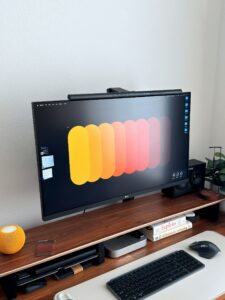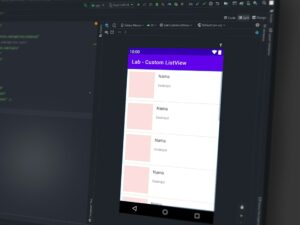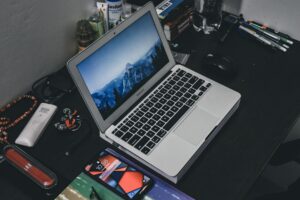Making Quick Repairs to the Most Frequent Photoshop Errors and Crashes

Making Quick Repairs to the Most Frequent Photoshop Errors and Crashes
Photoshop is a wonderful tool for creative expression; nevertheless, just like any other complicated program, it is not immune to faults or unexpected failures happening on occasion. Losing progress in the middle of a project is one of the most aggravating things that can happen, particularly as deadlines are getting closer. The good news is that there are easy fixes available for many of the most frequent Photoshop difficulties, which may save both your work and your sanity.
1. What Causes Photoshop to Become Unusable
Crashes are often caused by:
- The system does not have adequate resources (RAM, storage, or GPU).
- Adjustments or preferences that are corrupted.
- Software or drivers that are out of date.
- Plugins or third-party programs that cause conflicts with the system.
- Working with files that are very vast or complicated.
- When the reason is understood, the process of troubleshooting is sped up.
2. Trying to reset the preferences in Photoshop
Frequently, the issue is a preferences file that has been corrupted. How to reset:
- Put Photoshop to rest.
- Use the keyboard shortcuts Ctrl + Alt + Shift (Windows) or Cmd + Option + Shift (Mac) to reopen the application.
- Delete preferences by responding to the request to do so.
- By doing so, the default settings are restored, which tends to resolve stability concerns.
3. Making Memory and Disk Space Available for Use
Memory (RAM) and scratch drives are also very important to Photoshop. When optimizing:
- While you are working, close any applications that are not being utilized.
- By eliminating temporary files, you may clear up space on the scratch drive.
- You may increase the amount of RAM you allocate by going to Preferences > Performance.
4. Keeping Photoshop and Drivers up to date
The use of outdated versions of Photoshop or graphics drivers often results in instability at the computer. Check on a regular basis by:
- Download the most recent version of Photoshop from the Creative Cloud app.
- GPU drivers that have been updated by the manufacturer of your graphics card.
5. Deactivating Extensions That Cause Problems
Some plugins from third-party developers may cause Photoshop to malfunction. To examine:
- To temporarily relocate plugins, move them from the Plug-ins folder.
- whether you want to check whether the stability improves, restart Photoshop.
- Identifying the issue may be accomplished by reintroducing plugins one at a time if it functions normally without them.
6. Effective Management of Large Files, Including
Large files with several layers have the potential to overload the system’s resources. So as to avoid collisions:
- Unnecessary layers should be merged or flattened.
- Make sophisticated adjustments with the help of Smart Objects.
- Save files that are greater than 2 gigabytes in the PSB format.
7. Modifying the Settings of the GPU
Sometimes, problems are caused by the acceleration of the GPU. Try this:
- Selecting Performance from the Preferences menu.
- When unchecked Work with a graphics processor.
Ensure that the GPU drivers are up to current before re-enabling Photoshop if it operates well after.
8. Recovering Work That Was Not Saved
When Photoshop fails, you shouldn’t freak out:
- Additionally, it automatically stores the recovery information every ten minutes by default.
- Once you have reopened the program, go in the Recovery folder to find the most recent saved progress.
- Enhanced protection may be achieved by adjusting the auto-save frequency in the Preferences > File Handling menu.
9. Preventing Problems at a Later Date
- Make sure that your system is always up to date.
- Clear the cache in Photoshop on a regular basis.
- It is important to keep file structures orderly in order to avoid loading pressure.
- Instead of depending on a single file, you should save many versions of the project.
An interruption in your creative flow might be caused by crashes and errors, but the majority of Photoshop issues can be resolved with a few modifications. Keeping your system up to date, resetting your settings, optimizing your resources, handling huge files in a responsible manner, and resetting your preferences are all ways to significantly lessen the likelihood that Photoshop may slow you down. This guarantees that you spend more time developing and less time troubleshooting when you have a system that is regularly maintained.




